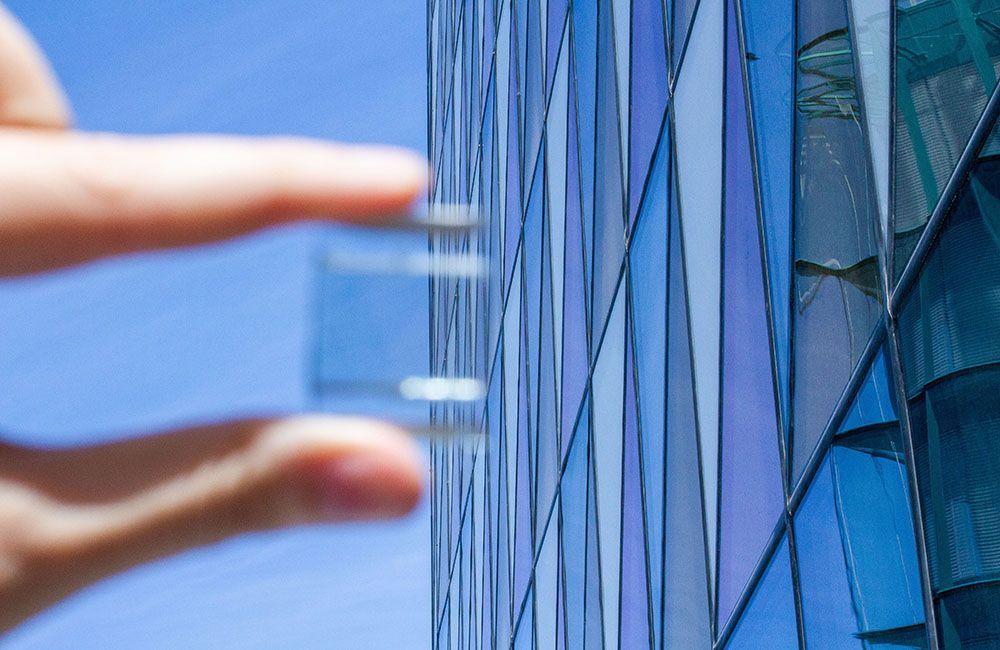
The Swedish company Peafowl Solar develops transparent solar cells, which generate electricity using so-called plasmonic nanoparticles. The technology makes it possible to have windows that simultaneously generate power. Now the technology will be tested in Green Innovation Park in Ultuna in collaboration with Akademiska hus .
The plasmonic nanoparticles are made of silver and can withstand ten times less light than traditional solar cells to generate electricity. The consequence is that they can be used even under poor lighting conditions, which can make them effective for a greater part of the day even in winter time. The purpose of the Ultuna project is to confirm that the technology works even during the darkest months of the year. The solar cells will operate sensors that collect environmental data from the properties.
“We find it exciting to have Peafowl Solar Power test new technology in our premises, which has also been developed by Uppsala University. The project fits well with our work on creating smart houses where environmental data from buildings is becoming increasingly important to save energy and optimize operations,” says Marie Löwling, property manager at Akademiska Hus.
Academic houses already have various sensors installed on their premises in Ultuna, which measure temperature, air quality, lighting, humidity and presence, but a major problem with them has been that they require regular battery changes. The hope is that the solar cells will make the sensors do without these battery changes.
– It is important for us to develop the solution in a real environment and together with property owners, so that we understand what really works, says Cristina Paun, project manager for the collaboration and one of the founders of Peafowl Solar Power.
In practice, transparent solar cells can be mounted on almost any surface, but in the experiment in Ultuna they will be mounted in a picture frame, to allow them to move around and test different locations and lighting conditions. This should make it possible to test that the data collection from Akademiska Hus sensors is stable even under demanding conditions.
The tests will start in the fall of 2020 and last for about a year. The hope is that the experience and the exchange with those who use them will lead to further development and ensure that the technology gets closer to the market. So in a few years, we might have energy-generating windows in more and more buildings, another step towards self-sustaining buildings in more and more places without changing the appearance of the buildings.
